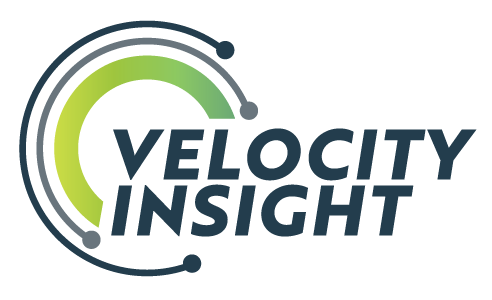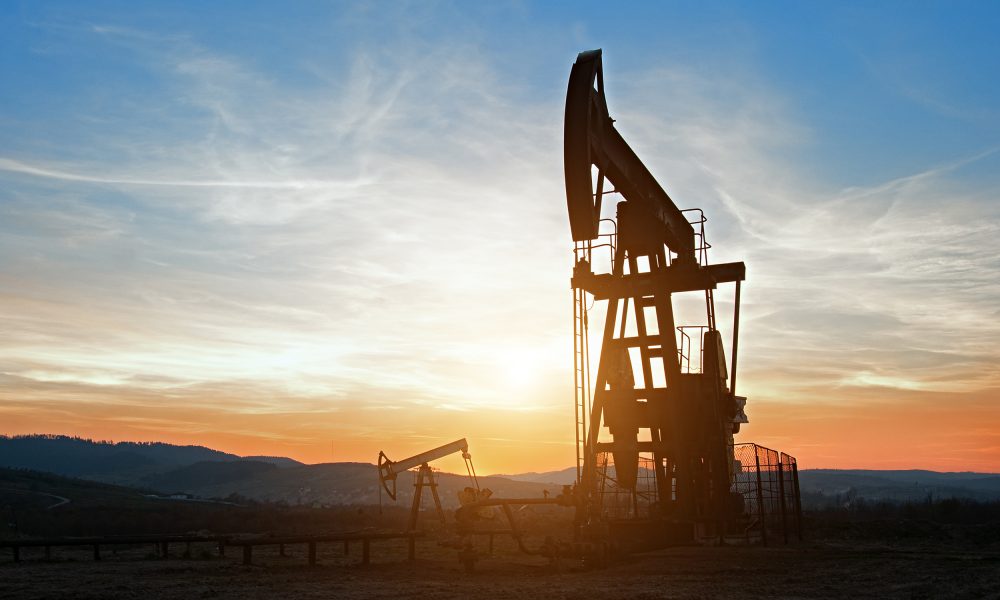For a few decades now, people have complained about oil and gas information technology being “behind the times”, “antiquated”, “obsolete” and worse. At our company, we think that’s off-base. O&G data isn’t bad, it isn’t good. O&G data is *different*.
First, let’s dispel the idea that oil and gas information is forever stuck in the dark ages. Field personnel and production engineers pushed the boundaries on remote automation long before the term “IOT” was born. Geophysicists and reservoir simulation engineers led the way in massive parallel computing jobs before Amazon and Microsoft even existed. The first mention of a neural net in OnePetro dates from the late 80’s, but they were used in industry research labs even earlier.
Yet the “outdated” label sticks, and for good reason. Much of the industry runs on paper, and key pieces of software were originally written decades ago (looking at you ARIES, OGSYS, and CygNet). O&G has been slow to the cloud, and big public ransomware attacks don’t help the rep.
So what makes O&G (and especially upstream) so different? We see three big issues that distinguish O&G business needs from the worlds of retail, manufacturing, and most other sectors:
01.
Not just geographically complex, but geospatial
02.
An overwhelming diversity of assets
03.
Risk aversion (usually appropriate) due to the huge consequences of failure
We’ll dive deeply into each if these in later posts, but here’s a few words on these and why they matter.
Geospatial Complexity
First, upstream geospatial complexity is unparalleled in any industry. The 2D problems rival agriculture and real estate, yet upstream data adds multiple layers of regulatory overprints. But depth is where our data is really unique. Aviation and subsurface mining have hints of the 3D, but subsurface O&G datasets are far more multi-dimensional.
Why does this matter? It means that many of our datasets break down when we try to jam them into simple table structures. If you’ve ever attempted multi-zone waterflood surveillance or fought through anti-collision calculations, you know what I’m talking about.
Many Datasets
Second, the breadth of upstream datasets is evident in the list of functions that manage business-critical workflows, which makes data integration a bowl of spaghetti:
- Finance
- Midstream
- Regulatory
- Surface land
- Mineral land
- Automation & measurement
- Corporate depts like IT, HR, and legal
- 3 or 4 branches of accounting
- 3 or 4 branches of geoscience
- 4 or 5 branches of petroleum engineering
- Etc, etc, etc.
The data needs of these functions vary widely, driving the adoption of niche software platforms suited to the individual needs of each function (looking at you again, ARIES, OGSYS, and CygNet!). They have custom data models programmed in all kinds of platforms. They are hard to learn (sticky) and have small user bases (expensive to build/maintain/support). Once achieving dominance, they often outlive their original design and technology.
Failure has Consequences
The third big reason for O&G data being different is the risk aversion. Both in terms of the scale of capital investment and the EHS aspects of field operations, O&G executives see the risk/benefit tradeoff of trying new things on million-dollar (much less billion-dollar!) decisions as all risk, scant benefit. Contrast that with a company makes hundred- or thousand-dollar decisions, where experimentation is an easy “yes”.
Deanna Zhang with TPH wrote an excellent article about the “type 1 vs. type 2” decision-making framework – it’s a great way of understanding the (often appropriate) reasons for executive risk aversion. The short story is that O&G careers are consistently rewarded for avoiding expensive failures like sidetracks, safety incidents, and dry holes. That reward system plays directly into decisions where failures are relatively cheap, like software upgrades and technology trials. If the business is built around rewarding risk aversion, then it shouldn’t surprise us that our executives default to avoiding even small risks in digitalization.
We firmly believe that O&G digital maturity is both dampened and differentiated by these three key factors of geospatial complexity, dataset diversity, and risk aversion. It’s no wonder operators find digitalization overwhelming, but by breaking the barriers down into root causes, it’s a lot easier to make progress.


